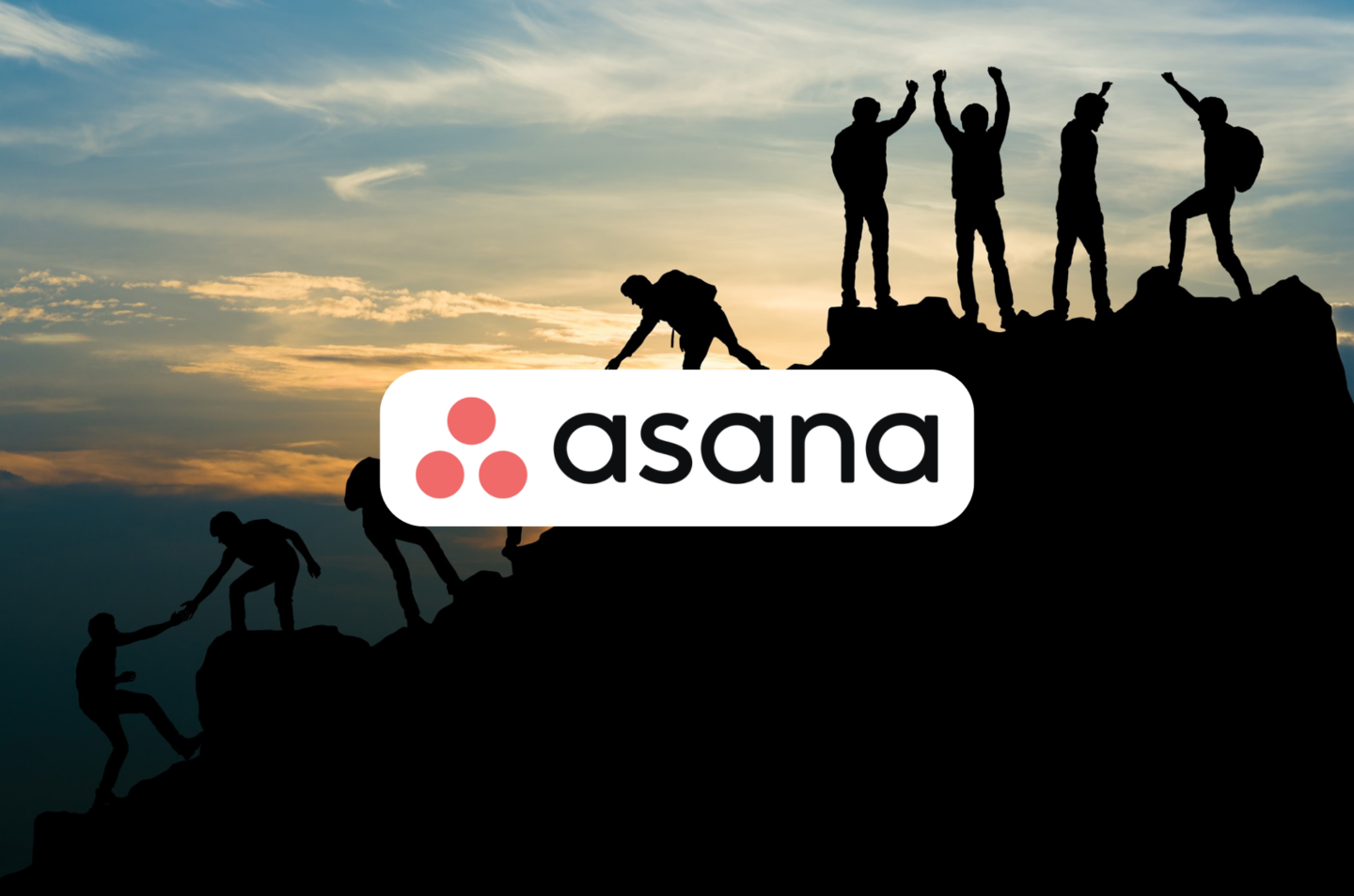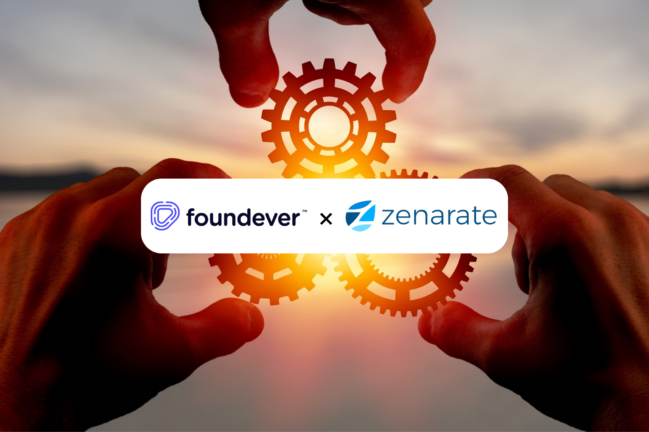Asana has unveiled Asana AI teammates—versatile AI collaborators designed to help teams enhance their productivity and reach their goals more quickly. These AI teammates are highly customizable, offering advice on priorities, streamlining workflows, and even executing tasks, all while adapting to the unique work styles of individuals and teams. With humans actively overseeing their actions, users maintain full transparency and control over how AI supports their work.
Currently in beta, Asana AI teammates are built on Asana’s Work Graph data model, which offers the optimal structure, visibility, and context for organizations to confidently scale AI. The Work Graph’s ability to connect tasks and workflows to broader company objectives sets it apart, allowing AI teammates to collaborate effectively with relevant context and engagement rules. This approach contrasts with other AI solutions that often sift through vast data sets and act on unreliable information.
Asana AI teammates offer several key capabilities:
- Guidance on Priorities: They provide insights into potential risks to achieving goals, helping teams focus on critical tasks.
- Workflow Automation: They can handle tasks and triage requests, assign work, and scale operations efficiently.
- Adaptability: They identify and suggest improvements for broken workflows, sharing best practices and relevant resources to enhance work processes.
A recent report by Asana shows that over 60% of executives believe AI will help their companies drive better results and reach their goals.

How does it work?
The customization possibilities for AI teammates are endless. They can tailor workflows for any role, process, or industry and can even operate in a collaborative “multi-player” mode where multiple users work together with AI in real-time.
Asana customers are harnessing the power of AI teammates to manage essential business workflows, such as product launches, strategic planning, new hire onboarding, and creative production. For example, a leading outdoor advertising company is using AI teammates to streamline their creative request process. This enables the team to focus more on the creative aspects of their work. The AI teammates triage incoming requests, proactively gather any missing information, assign work to the appropriate team members based on the context, assist with initial client research, and improve reporting quality by ensuring consistent data.
In another use case, a cybersecurity company is leveraging AI teammates to speed up the execution of projects and marketing campaigns. This allows their employees to concentrate on more strategic tasks. The AI teammates help by creating on-brand, customized marketing content, translating content using the company's internal library of brand terms, highlighting key information about incoming requests to prioritize them more quickly, and enforcing naming conventions to ensure compatibility across different tools.









